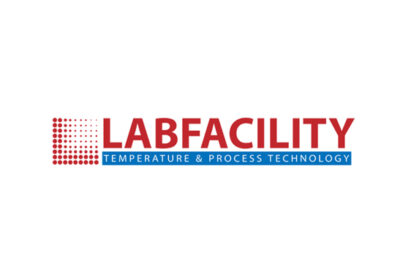The safety and availability of a passenger ride at a tourist attraction in North Wales has improved by installing an ABB variable-speed drive (VSD). The drive cured interruptions caused by overheating while also making the ride easier to operate.
Llechwedd Slate Caverns in Blaenau Ffestiniog, North Wales, operates the Victorian Mine Tour, which carries visitors deep into the slate mine, on the steepest cable railway in Britain, to see how slate has been extracted from the mine since the 1830s.
The passenger cable railway was installed in 1979, with a thyristor-based control system. The site’s chief engineer, Simon Poyser, says: “The old control system was prone to failures due to problems with excessive heat. It was also possible for the driver to perform incorrect commands, such as pressing the wrong buttons, causing the ride to stall because the incorrect relay sequences had been selected.”
The system would work correctly for a number of weeks and then experience a fault, which could take several days to diagnose. There was a constant danger that guests could be stranded in the tunnel.
In 2012 Llechwedd Slate Caverns, in discussions with the Health and Safety Executive, decided to upgrade the control system to a fully automated one.
Managing Director of the attraction, Michael Bewick, says: “We needed to replace the control system to guarantee a sustainable future for the attraction. The consequences of not replacing it would be that the deep mine tour would not be viable. As this is the main attraction at the site, it could mean the closure of the museum and the loss of 12 jobs.”
Following a competitive tender, ABB system integrator, Iconsys, was chosen to design and install a new control system. Says Poyser: “Iconsys asked us what we needed, rather than telling us what they could do, which was impressive. As well as understanding what we wanted, they offered a competitive price and have a good reputation for excellent service.”
Iconsys installed an ABB regenerative drive and set it up to control the same relays that were already being used on the ride. Part of the project involved installing a larger motor, giving the ride the capacity to carry 23 people as opposed to 18 previously.
“The controls did not change,” says Poyser, “so there was no need for retraining. In fact it is simpler as the driver can just press one button and go. Previously, the driver needed to know how the control system worked. Now we can employ people who are not control specialists, widening the number of people we can employ as drivers.
“The new system also performs an automatic safety check. For instance, there is an interlock on the passenger doors so the driver cannot move the vehicle without the doors being closed.”
The control system also now knows exactly where the passenger vehicle is at all times.
If a fault should now occur it will be much easier to find and diagnose. “I would tell ABB what the fault code is and they simply tell me where to find the part and how to isolate and replace it. This can save a whole day of maintenance,” says Poyser.
The ABB drive is housed above ground in its own IP65 cabinet. If a fault occurs, the driver must reset a trigger to acknowledge the event, logging it for diagnostic purposes.
“We are very pleased with the new system,” adds Poyser. “We believe we now have the most advanced passenger cable way in the UK. It certainly costs less to run and needs very little maintenance – we have had no down times on the ride since installation.”
ABB (www.abb.com) is a leader in power and automation technologies that enable utility, industry, and transport and infrastructure customers to improve their performance while lowering environmental impact. The ABB Group of companies operates in roughly 100 countries and employs about 140,000 people.






Leave a Reply